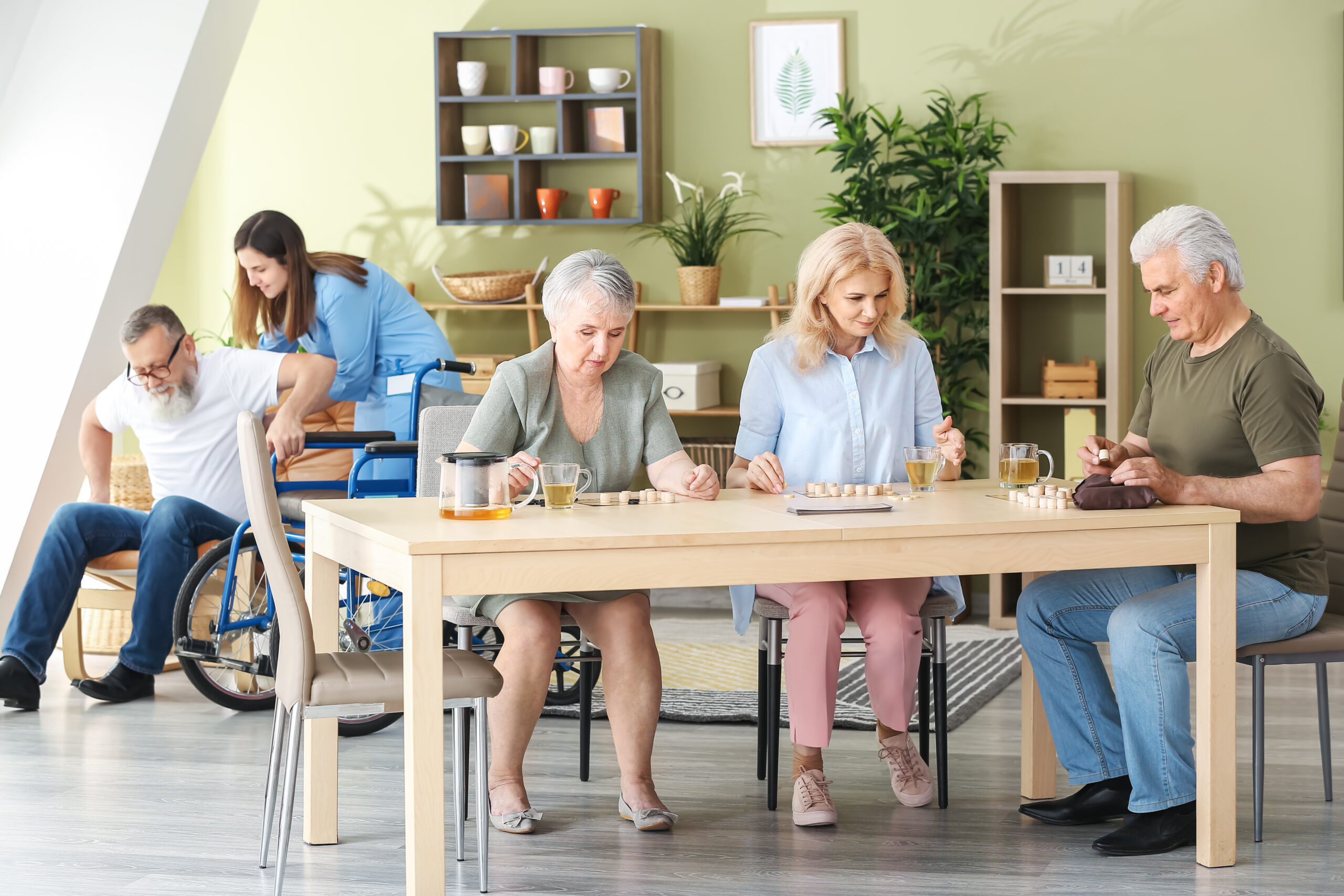How Technology Can Be Used to Keep Dementia Patients Engaged and Active
**Using Technology to Keep Dementia Patients Engaged and Active**
Living with dementia can be challenging, both for the person affected and their caregivers. However, technology has become a powerful tool to help manage the condition and improve the quality of life. Here’s how technology can be used to keep dementia patients engaged and active.
### 1. **Assistive Technologies: Empowering Independence**
Assistive technologies are designed to help people with dementia maintain their independence. These technologies include AI-driven robots, remote patient monitoring systems, and intuitive brain-to-computer interface communication tools. They help individuals navigate daily life with greater ease, supporting social connection and cognitive engagement, which are crucial for enhancing quality of life[1].
For example, devices like Amazon’s Alexa can be programmed to remind patients to take their medications, set daily routines, and even provide entertainment. This can be especially beneficial for those who struggle with memory challenges[2].
### 2. **Reminder Systems: Encouraging Activity**
Reminder systems are another effective way to keep dementia patients engaged. These systems can remind them of daily events, personal appointments, and even encourage physical activity. A study on user-centered design developed a custom reminder system that motivated participants with mild dementia to be more active in social, physical, and cognitive events[3].
### 3. **Wearable Devices: Safety and Peace of Mind**
Wearable devices with GPS and non-invasive sensors can help prevent wandering and alert caregivers if the person with dementia is in danger. This technology reduces the emotional strain on caregivers, who often experience more stress and worse physical and mental health compared to others[4].
### 4. **Smart Home Technology: Enhancing Safety and Comfort**
Smart home technology can also play a significant role in dementia care. For instance, sensorized lighting and updated communication tools can help individuals with dementia stay safe and comfortable at home. These technologies can track night-time wandering and provide alerts to caregivers, ensuring the person’s safety and well-being[3].
### 5. **Social Interaction: The Power of Technology**
Technology can also facilitate social interaction, which is essential for people with dementia. Devices like tablets with chatbots can help them stay connected with family and friends. This social engagement can improve brain function and mental health, slowing down the development of dementia symptoms[3].
### Conclusion
Technology has the potential to revolutionize the way we care for people with dementia. By empowering independence, encouraging activity, ensuring safety, and facilitating social interaction, these tools can significantly improve the quality of life for both the individuals with dementia and their caregivers. As technology continues to evolve, it is crucial to design these solutions with the unique needs of people with dementia in mind, ensuring they are intuitive, accessible, and personalized to meet their progressive needs.





